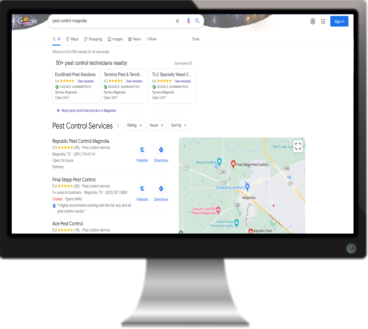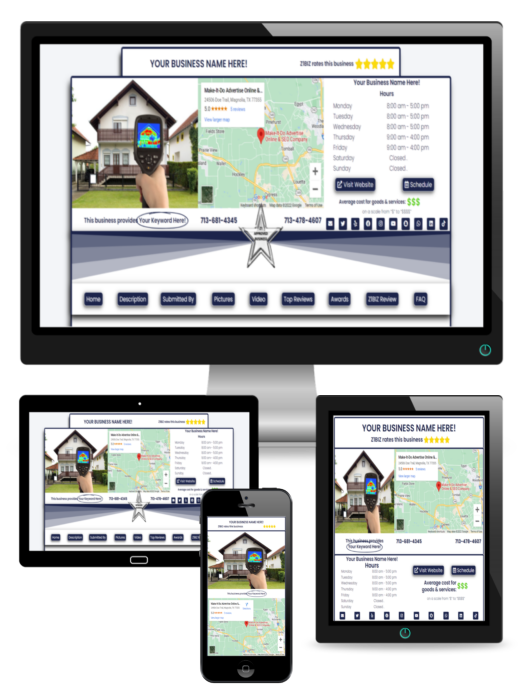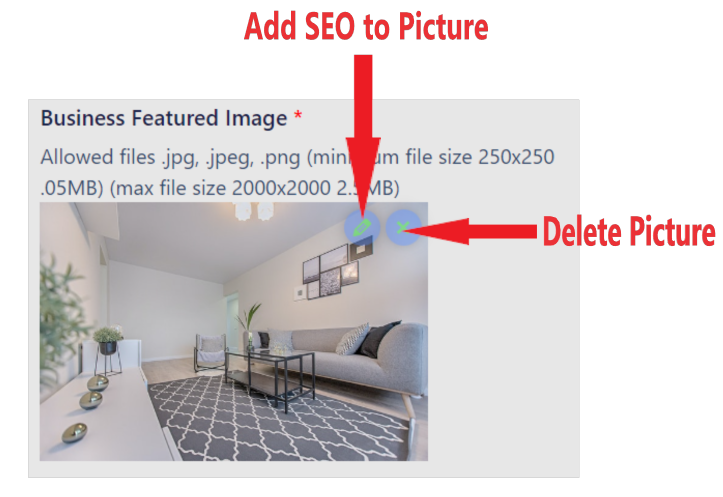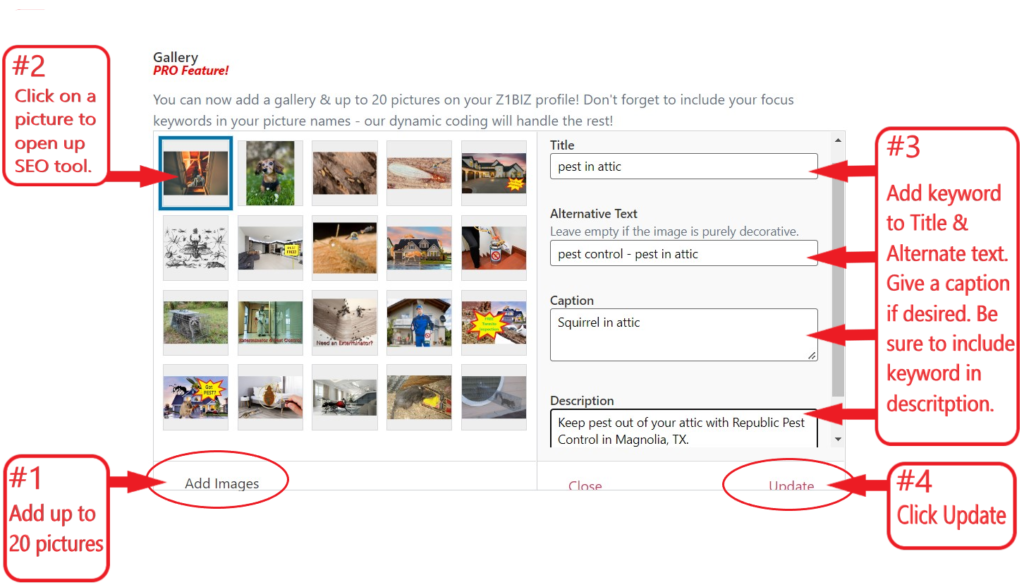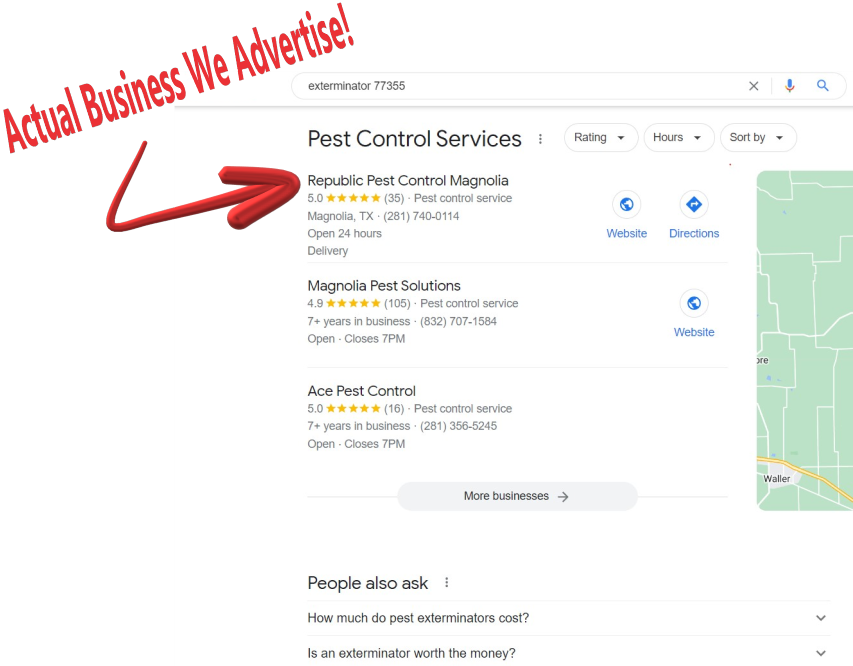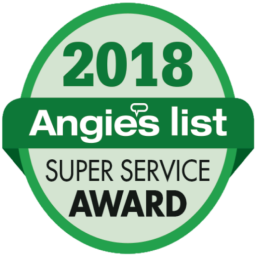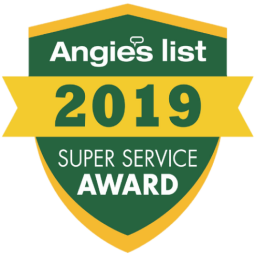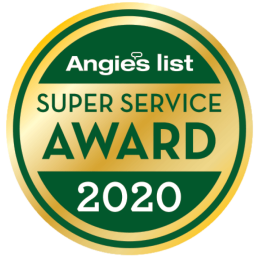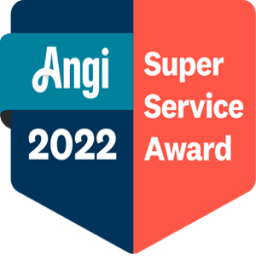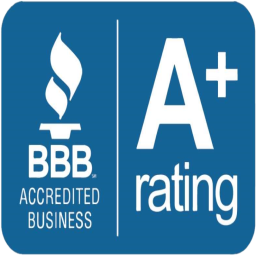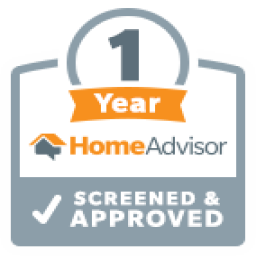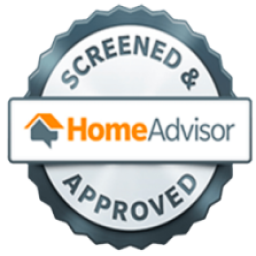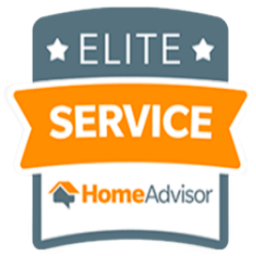In today’s digital age, having a strong online presence is crucial for businesses to thrive. Google Maps has become an essential tool for users to discover local businesses and services. However, simply having a presence on Google Maps is not enough. To truly stand out and attract potential customers, you need to rank higher in Google Maps search results. In this article, we’ll explore ten actionable steps that can help you improve your Google Maps search ranking and increase your visibility to a wider audience.
1. Optimize Your Google Business Profile
The foundation of a successful Google Maps ranking begins with a well-optimized Google Business Profile (GBP) profile. Ensure that your business name, address, phone number, and website URL are accurate and consistent. Enhance your profile by adding high-quality images, a compelling business description, and relevant categories
2. Collect Positive Customer Reviews
Positive customer reviews act as a powerful endorsement and play a significant role in boosting your Google Maps ranking. Encourage satisfied customers to leave reviews on your GBP listing, respond promptly to both positive and negative reviews, and provide excellent customer service to build trust and credibility.
3. Create Localized Content
Crafting localized content is essential for improving your Google Maps search ranking. Focus on creating location-specific landing pages, blog posts, or articles that target relevant keywords and provide valuable information to users searching for services or products in your area.
4. NAP Consistency Across the Web
Consistency in your business’s Name, Address, and Phone number (NAP) across various online directories, review sites, and social media platforms is vital for search engines to understand and rank your business accurately. Regularly audit and update your NAP information to ensure consistency.
5. Build High-Quality Backlinks
Building high-quality backlinks from reputable and authoritative websites can significantly impact your Google Maps ranking. Focus on securing backlinks from local directories, industry-specific websites, and influential bloggers by providing valuable content or collaborating on community projects.
6. Utilize Relevant Keywords
Thoroughly research and identify keywords relevant to your business and location. Incorporate these keywords naturally in your GBP profile, website content, and any online mentions of your business. This strategy helps Google understand the relevance of your business to specific search queries.
7. Implement On-Page SEO Techniques
Apply basic on-page SEO techniques to your website to improve your overall search visibility. Optimize page titles, meta descriptions, header tags, and image alt tags with relevant keywords. Ensure your website is mobile-friendly, loads quickly, and offers a seamless user experience.
8. Leverage Local Citations
Local citations, mentions of your business’s NAP information on other websites, play a crucial role in local search rankings. Consistently submit your business information to relevant local directories, review sites, and data aggregators to enhance your online visibility.
9. Engage with Online Communities
Active participation in local online communities, forums, and social media groups allows you to establish yourself as an authority and build brand awareness. Engage with users, provide valuable insights, and promote your business genuinely without being overly promotional.
10. Monitor Analytics and Refine Strategies
Regularly monitor your Google Maps analytics and track your performance. Analyze the data to identify trends, understand user behavior, and refine your strategies accordingly. Stay updated with algorithm changes and industry best practices to maintain a competitive edge.
Conclusion
Securing a higher ranking on Google Maps can significantly impact your business’s visibility and attract a stream of local customers. By following these ten steps, you’ll be well on your way to optimizing your Google Maps search ranking. Remember to be consistent, provide valuable content, engage with your customers, and stay up-to-date

